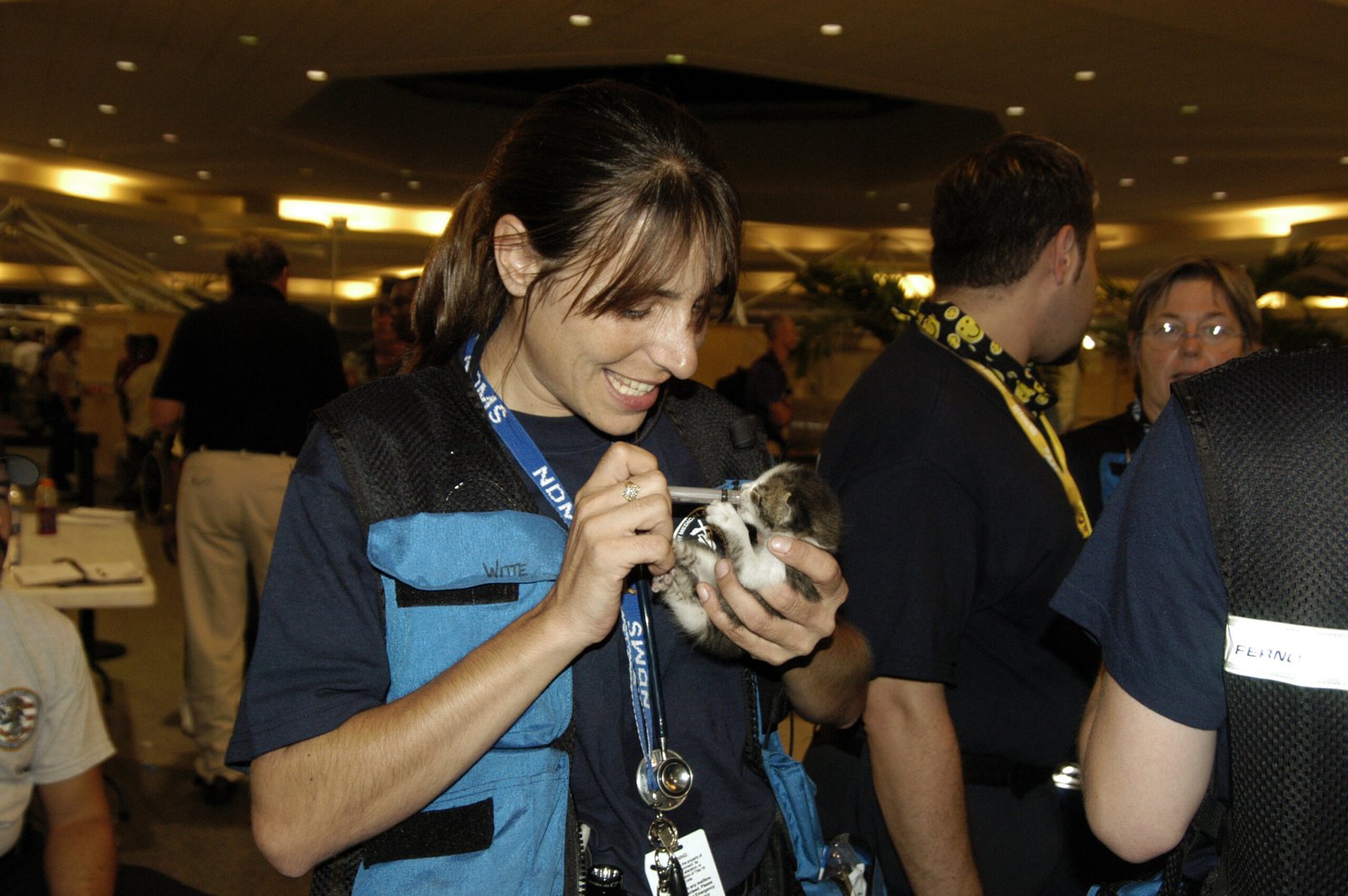How Much is “Just Right”? Serving Sizes Explained
Deciding how much to feed a kitten isn’t a guessing game. Generally, kittens need to eat about four times a day, with each meal carefully portioned. For example, a kitten between 4–8 weeks old might need around ¼ cup of wet food per meal. As they grow older, portions increase—but so does their energy! It helps to check the feeding guidelines on your kitten food package, but remember: every kitten is unique. Some are sprinting champions, while others prefer cozy naps. Adjust the portions if your kitten seems hungry or is leaving food behind. And don’t be afraid to ask your veterinarian for advice if you’re unsure. A little attention goes a long way!
Wet Food, Dry Food, or Both? The Great Kitten Debate
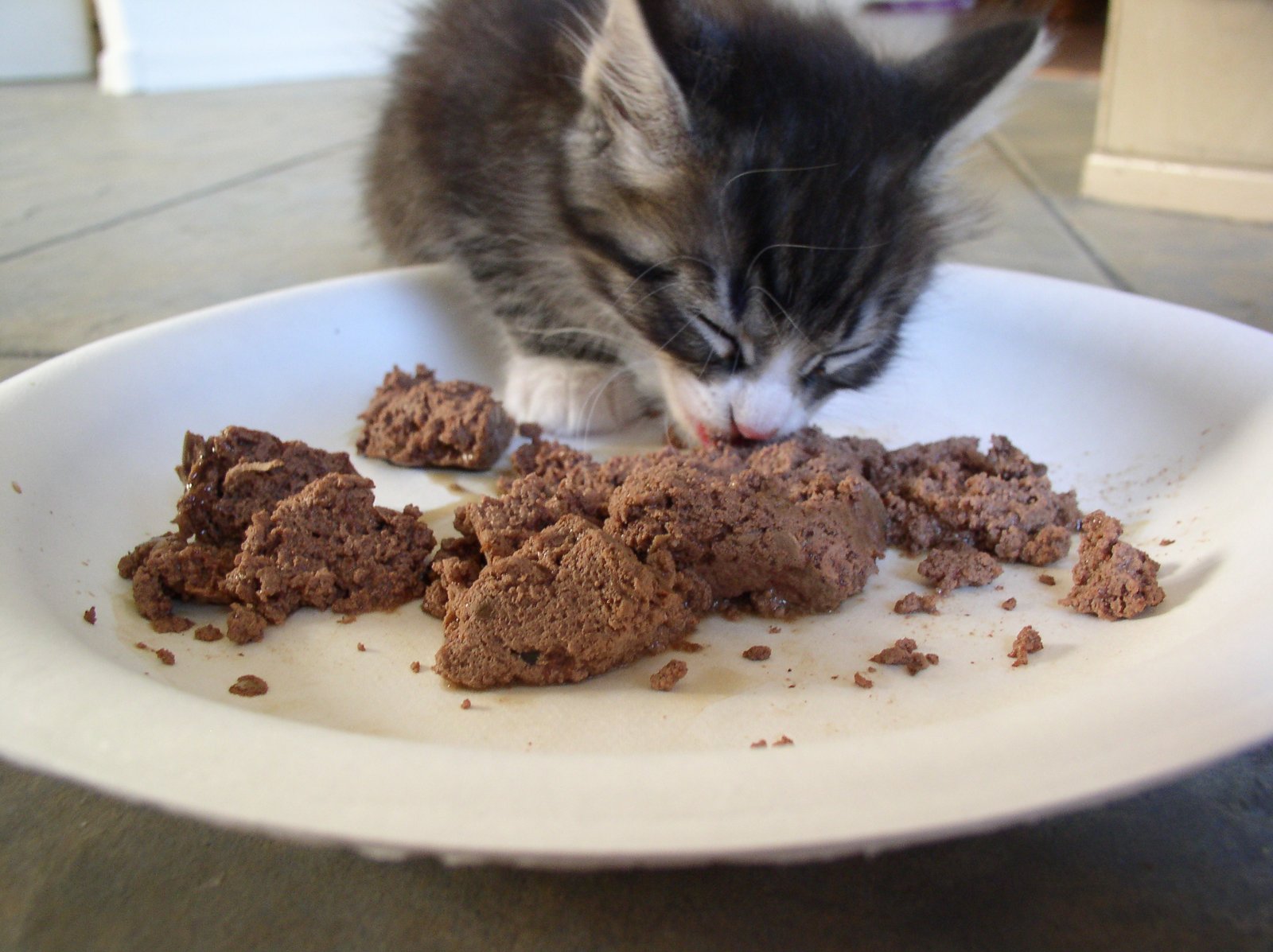
When it comes to kitten chow, there’s an ongoing debate: wet food, dry food, or a winning combination of both? Wet food is packed with moisture, which helps keep your kitten hydrated and is easier for tiny teeth to chew. Dry food, on the other hand, is convenient and can help keep teeth clean. Many experts recommend a mix, especially during the weaning stage, to give kittens the best of both worlds. You might notice your kitten developing a strong preference—don’t be surprised if they turn up their nose at one type! The most important thing is that the food is labeled “formulated for kittens” so it contains all the nutrients they need to thrive.
Feeding Frequency: Why Little Tummies Need Regular Refills
Kittens are not built for big, infrequent meals. Their stomachs are tiny but their energy needs are sky-high! Most kittens under six months old should eat three to four times a day. This keeps their blood sugar steady and gives them the energy to explore, jump, and play. As they get older—usually around six months—twice a day is enough, but some kittens still appreciate more frequent snacks. Consistency is key. Try to feed your kitten at the same times each day. Their little bodies thrive on routine, and you’ll soon find they’re waiting by their bowl right on schedule!
Signs You’re Feeding the Right Amount
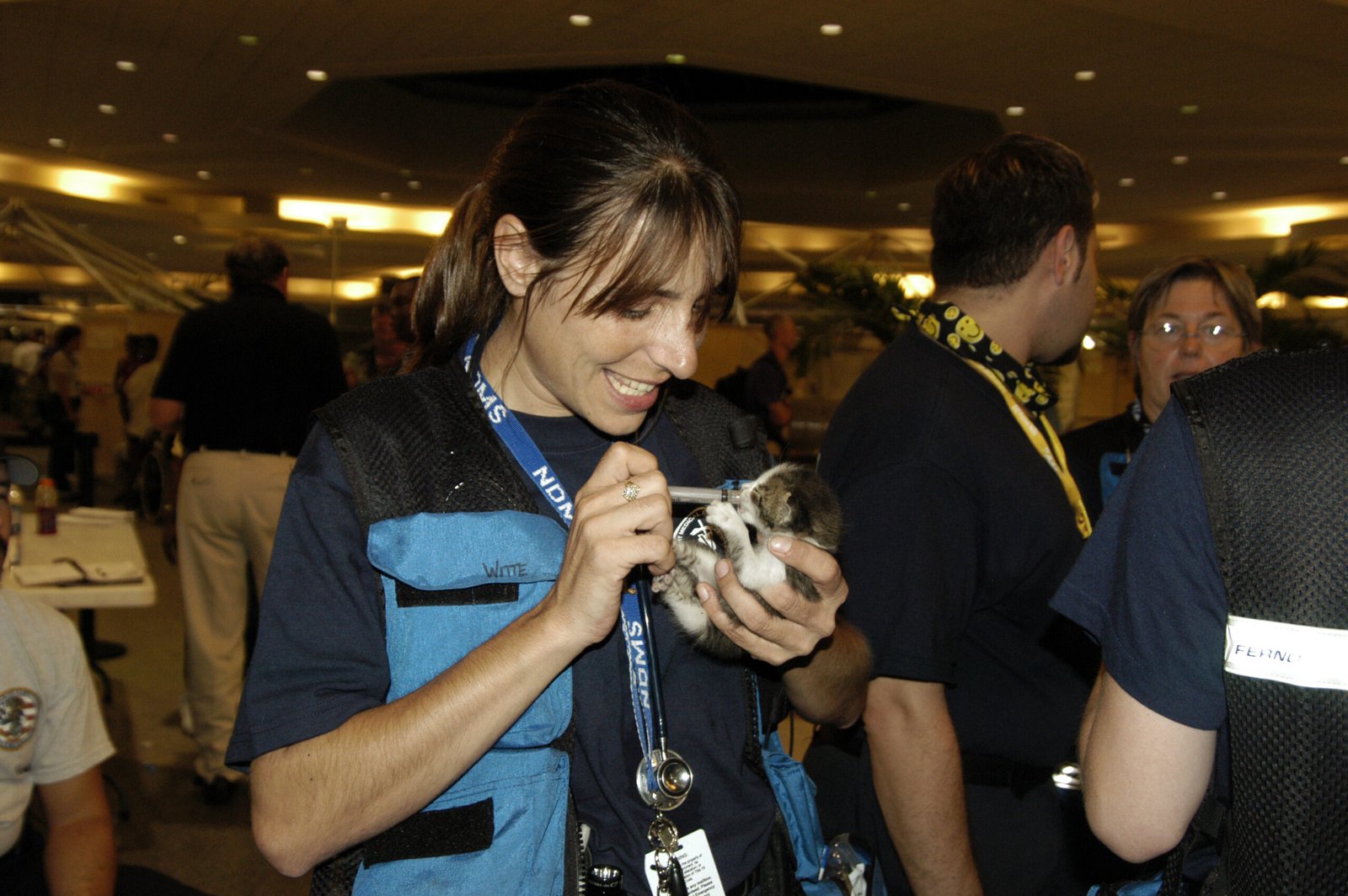
How do you know if you’re giving your kitten the perfect amount of food? Watch their body and behavior. A healthy kitten is playful, curious, and gaining weight steadily. If their ribs are poking out or they’re sluggish, they might need bigger portions. On the flip side, a kitten that’s getting round in the middle (or leaving food behind) could be eating too much. Their fur should be soft and shiny, not dull or patchy. Litter box habits can also give clues—healthy kittens have regular, well-formed stools. Trust your instincts: if your kitten seems happy and energetic, you’re probably doing a great job!
Treats and Extras: Fun, But Don’t Overdo It!
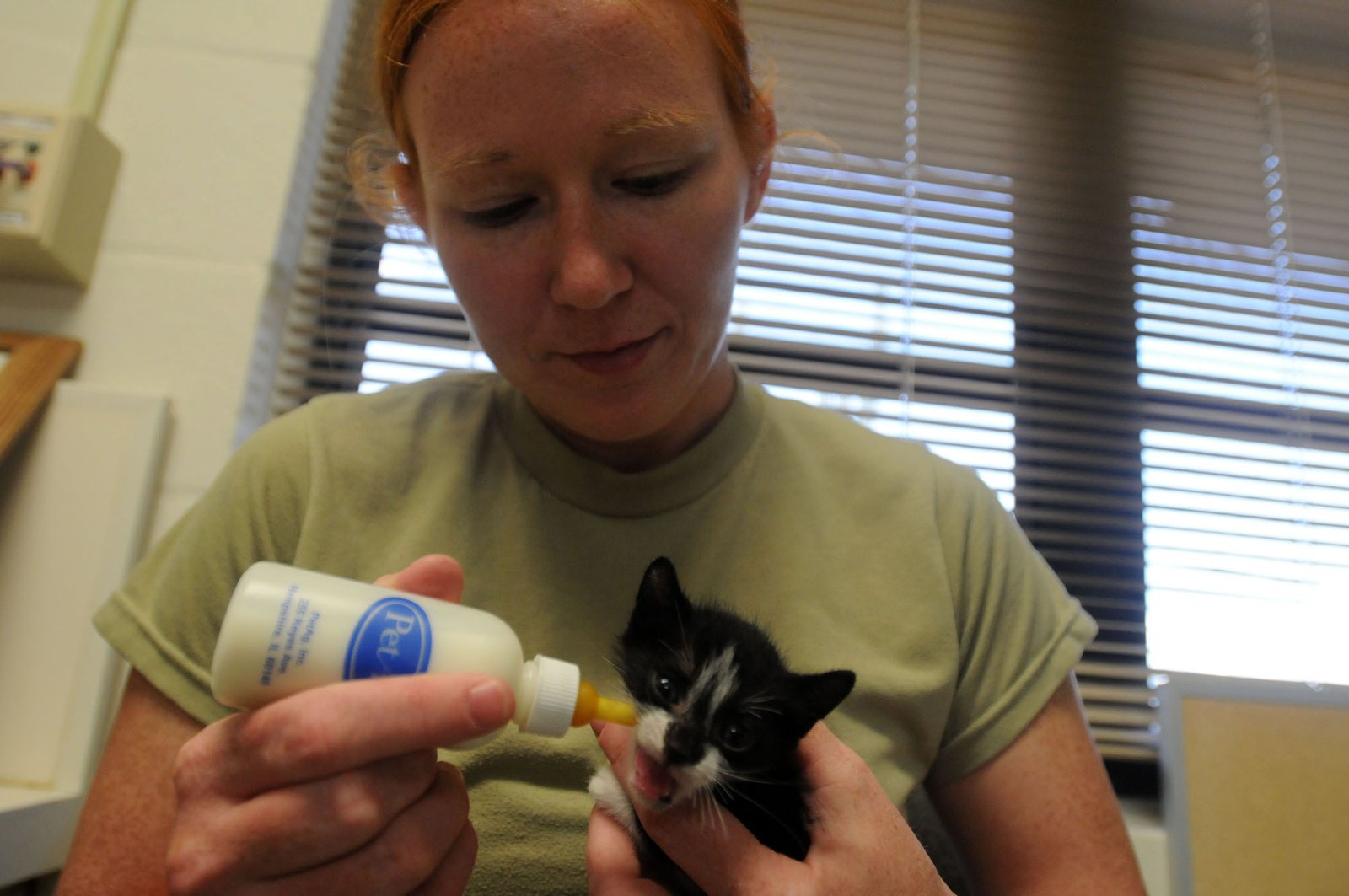
Who can resist spoiling a kitten with a tasty treat or a bit of cooked chicken? While treats can help with training and bonding, they should be just that—a treat, not a meal replacement. Too many extras can upset your kitten’s tummy or throw their diet off balance. As a general rule, treats should make up less than 10% of your kitten’s daily calories. If you’re using treats during playtime or training, remember to reduce their main food portions just a bit. Keep treats simple and safe—avoid anything seasoned or fatty. And never give kittens human food that’s toxic to cats, like onions, garlic, or chocolate!
What About Water? The Unsung Hero of Kitten Health
It’s easy to forget, but water is just as important as food for kittens. They need plenty of fresh, cool water available at all times—especially if they’re eating mostly dry food. Kittens can get dehydrated quickly, which can make them tired or even sick. Some kittens are picky about their water bowls, preferring running water or wide, shallow dishes. If you notice your kitten isn’t drinking much, try changing the bowl location or switching to a fountain. Keeping water fresh and accessible is one of the simplest ways to support your kitten’s health and happiness.
Transitioning to Adult Cat Food: The Big Move
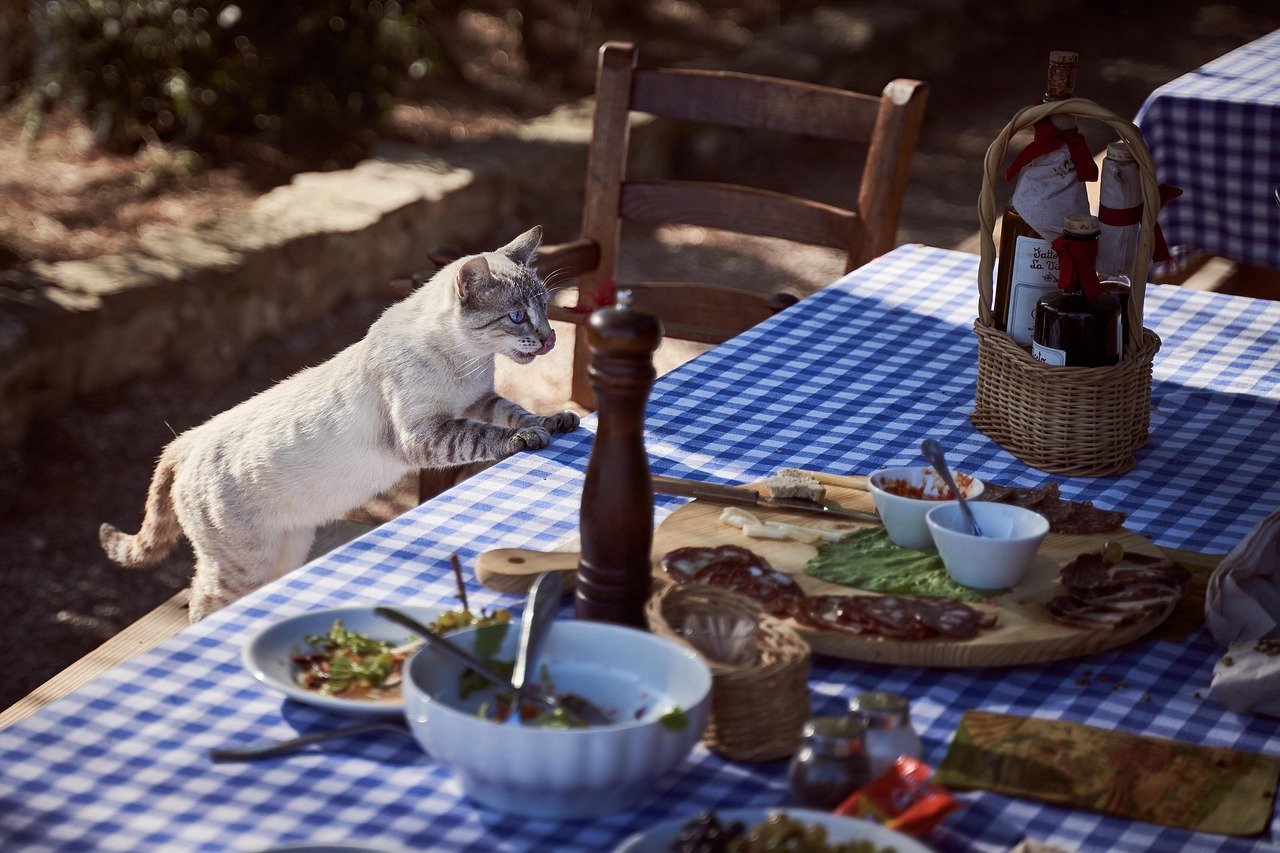
Eventually, your tiny kitten will grow into a sleek, curious adult cat. Around their first birthday—sometimes as early as eight or nine months—it’s time to switch to adult cat food. This transition should be gradual to avoid upsetting your kitten’s sensitive stomach. Over a week, mix increasing amounts of adult food with their kitten food. Watch for any signs of tummy trouble, like diarrhea or vomiting, and slow down the transition if needed. Adult food has fewer calories and different nutrients, so making the switch at the right time helps prevent weight gain and keeps your cat healthy as they enter their next chapter.

Andrew Alpin from India is the Brand Manager of Doggo digest. Andrew is an experienced content specialist and social media manager with a passion for writing. His forte includes health and wellness, Travel, Animals, and Nature. A nature nomad, Andrew is obsessed with mountains and loves high-altitude trekking. He has been on several Himalayan treks in India including the Everest Base Camp in Nepal.

